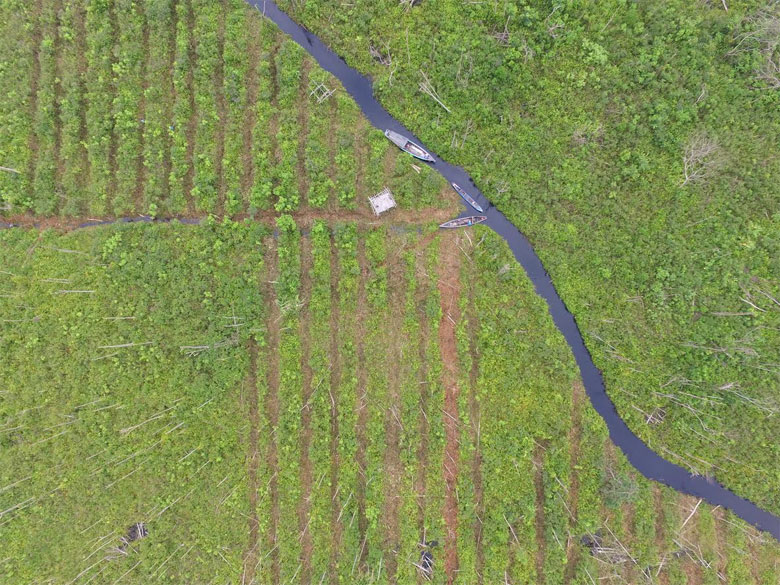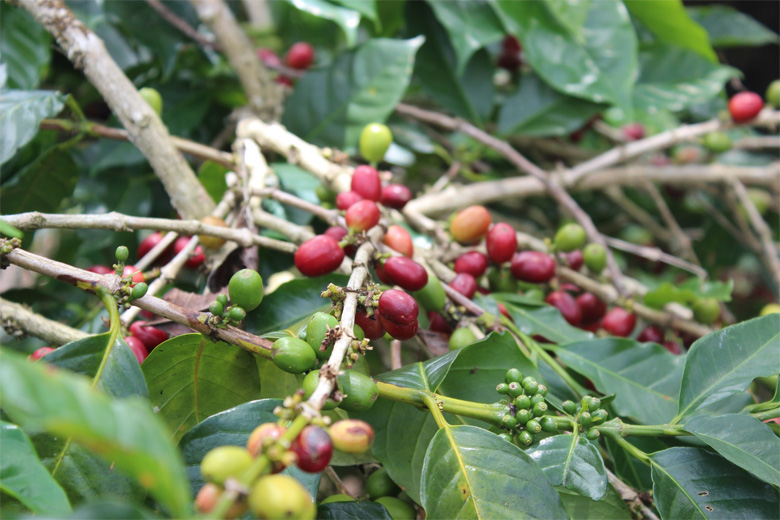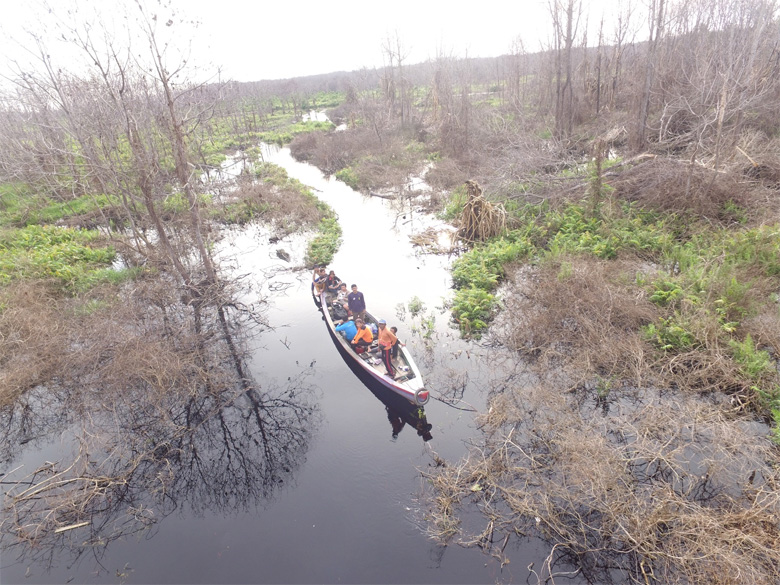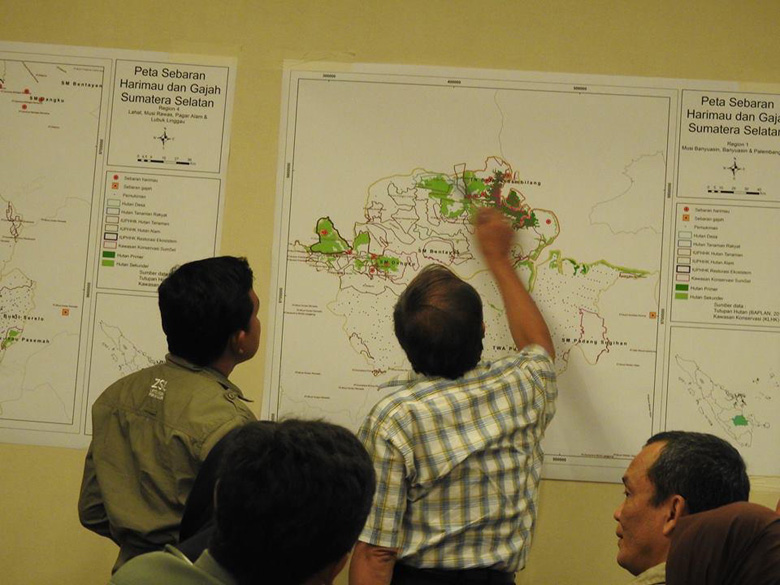Climate Change in Indonesia
Climate change is expected to affect Indonesia severely with more frequent natural disasters destroying livelihoods and putting food security at risk. At the same time Indonesia is among the world's top emitters of the greenhouse gases responsible for global warming, mainly due to deforestation, the degradation of forests and peatland through forest fires, and unsustainable management. FAO states that Indonesia lost around 24% of its forest cover and about 60% of its forest biomass between 1990 and 2005. Globally, almost one fifth of greenhouse gas emissions are forest related.
The task of slowing down forest loss is an enormous challenge, especially in countries like Indonesia where the drivers of deforestation and forest degradation are both powerful and persistent. These drivers include:
- Forest conversion for estate crops such as oil palm;
- Unsustainable levels of logging from legal forest concessions;
- Small- and large-scale illegal logging;
- Expansion of mining areas; and
- Forest clearance for farming, settlements and infrastructure.
Deforestation and forest degradation contribute significantly to the country’s CO2 emissions. Initiatives to reduce forest-related emissions will boost efforts to protect and manage forests sustainably, and thereby maintain the capacity of forest ecosystems to provide vital goods and services for society on a national and international scale.
Intact ecosystem functions can also help reduce Indonesia's vulnerability to the impacts of climate change, such as droughts or extreme weather events.
Trees and other vegetation play a critical role in the global carbon cycle. Growing forests actively sequester carbon dioxide from the atmosphere and through the process of photosynthesis convert this into biomass. The result of this cycle is that mature forests store large amounts of carbon, locking it up in the trees and other vegetation as biomass, both above and below ground. While forests remove CO2 emitted by burning fossil fuels, deforestation sends this CO2 into the atmosphere.
Worldwide, each year around 13 million hectares of forest are lost. According to IPCC 2007, emissions from deforestation and forest degradation, mostly in the tropics, account for around 20% of current global greenhouse gas emissions (while recent 2009 studies see it as 12%). Protecting threatened forests is considered one of the least expensive climate mitigation options (Stern Review on the Economics of Climate Change, 2006).
Deforestation and forest degradation are contributing significantly to the country’s CO2 emissions. At the same time, mounting deforestation of forests and peatland is leading to rapid and further decreases in the country’s biodiversity.















